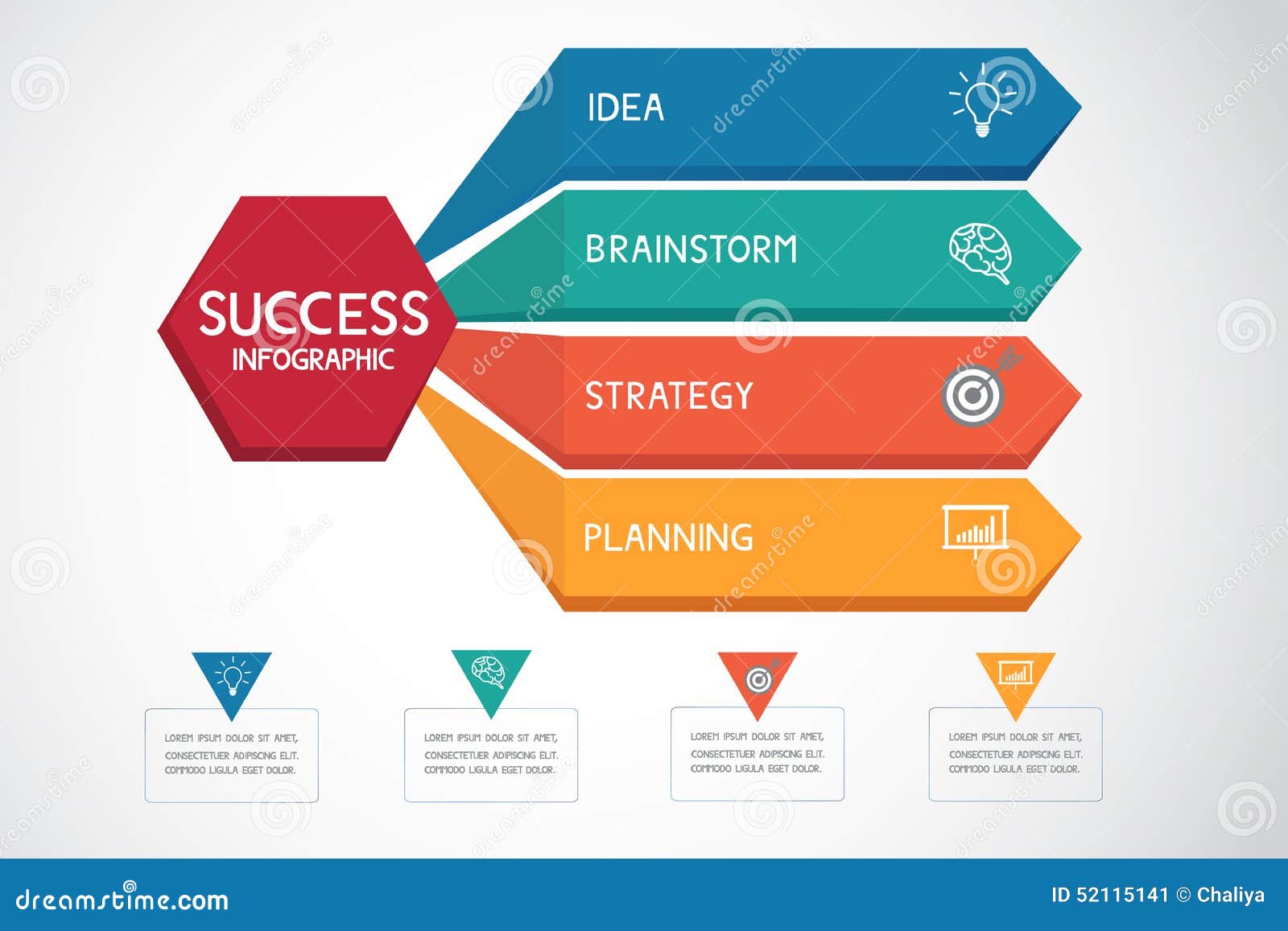Prepare Yourself To Journey Through Time And Discover Just How Websites Have Come To Be More Innovative, User-Friendly, And Aesthetically Sensational
Prepare Yourself To Journey Through Time And Discover Just How Websites Have Come To Be More Innovative, User-Friendly, And Aesthetically Sensational
Blog Article
Web Content Created By-Pappas Bojesen
In the past, internet sites were simple and concentrated on info. Navigation was direct, and design was for desktop computers. Now, individual experience is crucial. Information guides styles for very easy navigation. Receptive layouts fit different tools. Today, dark setting reduces stress, and minimal menus boost navigating. Interactive functions engage individuals, and vibrant visuals stand apart. AI assimilation improves involvement. See how design has actually evolved to boost your on-line trip.
Very Early Days of Website Design
In the early days of website design, simpleness preponderated. Web sites were basic, with limited colors, fonts, and designs. The emphasis got on giving info as opposed to flashy visuals. Individuals accessed the net via sluggish dial-up connections, so rate and capability were crucial.
Navigation food selections were straightforward, usually located on top or side of the page. Sites were made for desktop computers, as mobile browsing wasn't yet widespread. Material was king, and developers focused on easy readability over intricate layout components.
HTML was the key coding language used, and developers needed to work within its restrictions. Computer animations and interactive features were marginal contrasted to today's requirements. Websites were static, with little vibrant material or individualized user experiences.
Surge of User-Focused Design
With the evolution of web site style, a shift in the direction of user-focused design concepts has come to be progressively popular. Today, developing web sites that prioritize user experience is important for engaging visitors and achieving service objectives. User-focused style involves comprehending the needs, choices, and habits of your target market to tailor the site's design, material, and includes accordingly.
Developers now conduct thorough study, such as customer surveys and use screening, to collect insights and feedback directly from users. This data-driven technique aids in creating instinctive navigating, clear calls-to-action, and visually enticing interfaces that resonate with site visitors. By placing the customer at the facility of the style process, sites can deliver an extra tailored and pleasurable experience.
Receptive design has also become a key aspect of user-focused design, ensuring that sites are optimized for different devices and screen dimensions. This flexibility boosts access and functionality, satisfying the diverse ways users connect with websites today. Basically, the surge of user-focused design symbolizes a shift in the direction of producing electronic experiences that focus on the requirements and expectations of the end user.
Modern Trends in Web Design
Discover the most up to date fads forming website design today. One noticeable trend is dark mode layout, using a sleek and modern-day appearance while minimizing eye stress in low-light environments. One more crucial pattern is minimalist navigation, streamlining food selections and improving user experience by concentrating on essential elements. Including micro-interactions, such as animated switches or scrolling effects, can develop a much more interesting and interactive internet site. Responsive design stays crucial, making certain smooth customer experiences throughout numerous tools. Additionally, making use of bold typography and asymmetrical designs can add visual passion and draw attention to particular material.
Integrating AI innovation, like chatbots for customer assistance or individualized recommendations, enhances user interaction and streamlines processes. https://retailwire.com/discussion/did-the-pandemic-change-digital-marketing-for-good/ has additionally come to be a significant fad, with designers focusing on comprehensive style methods to deal with varied user requirements. Accepting sustainability by maximizing internet site performance for speed and efficiency is another arising trend in website design. Teaming up with user feedback and information analytics to iterate and enhance design continually is crucial for remaining relevant in the ever-evolving electronic landscape. By welcoming these modern-day fads, you can produce an aesthetically appealing, easy to use website that resonates with your target market.
Conclusion
As you reflect on the advancement of web site style from the very early days to now, you can see just how user-focused layout has actually come to be the driving pressure behind modern trends.
Accept the journey of adjustment and adjustment in website design, always keeping the user experience at the forefront.
Remain existing with the most recent patterns and modern technologies, and never stop evolving your technique to develop aesthetically stunning and straightforward web sites.
Develop, adjust, and produce - the future of web design remains in your hands.
